Research published in late 2009, found a lack of vitamin D3 reduces the benefits of progesterone, which is why we recommend taking Vitamin D3, along with Progesterone Cream. So both progesterone and Vitamin D regulate gene expression, and have a positive fundamental effect on cell differentiation and growth, with anti-oxidative and autoimmune anti-inflammatory mechanisms. Both positively affect the nervous system by stimulating neurotrophic factors, quenching oxidative hyperactivity and regulating autoimmune responses.
It is known that vitamin D3 is essential for preventing the cytokine storm that is associated with fatal COVID-19 reactions. It is likely that since these two entities work best together, that progesterone cream will enhance this benefit of vitamin D3. There is a vitamin D3 receptor site on every cell in the body. There are multiple receptor sites for progesterone as well. People who have saliva hormone tests done will find incredibly high levels of progesterone cream on these tests if they are using the cream.
Progesterone, a sterol, has generally been regarded as the oldest hormone, with an age that may go back billions of years.
Possibly as old as progesterone is another sterol, vitamin D3 (cholecalciferol). Although initially a vitamin, it is converted by the liver to 25-OHD3 (calcidiol). This is then converted by the kidneys and other tissues to 1.25-OH2D3 (calcitriol), a potent steroid hormone.
Both progesterone and vitamin D3 are manufactured from another sterol, cholesterol. This might help explain why people with the highest cholesterol levels have the greatest longevity. Progesterone is manufactured in the brain, adrenals, ovaries and testes. Whereas vitamin D3 is made by the action of UVB sunlight as it strikes the cholesterol covering our bare skin.
Progesterone is further converted to corticosteroids and mineralocorticoids, androstenedione and testosterone, and then to the three estrogens, estrone, estradiol and estriol.
The similarities between the two are almost endless. They both...
- induce an anti-inflammatory response
- inhibit mast cell secretions
- increase the expression of brain-derived neurotrophic factor (BDNF)
- positively affect neurologic functioning
- prevent neurodegeneration and enhance myelin repair
- positively affect motor neuron disease
- reduce damage in traumatic brain injury
- reduce hypertension
- regulate bone metabolism
- prevent lipid peroxidation
- are essential for pregnancy
- positively affect the skin and hair
- increase the concentrations of glutathione, the cells master antioxidant
- increase levels of superoxide dismutase, a powerful antioxidant
- inhibit mitosis, causing cell differentiation and apoptosis
- down-regulate the expression of glucocorticoids
- modulate fibroblast proliferation and collagen synthesis
Reduced levels of both progesterone and vitamin D are found in all the following diseases or disorders, and therefore constitute an increased risk factor for...
- asthma and respiratory problems
- depression
- early ageing
- cancer
- epilepsy
- heart disease
- migraines/headaches
- polycystic ovaries
- miscarriage
- fibroids
- peripheral neuropathy
- myopathy
- autoimmune diseases, such as MS, lupus, Sjogren's syndrome, arthritis etc
- SAD (seasonal affective disorder)
- Alzheimer's disease (low allopregnanolone, a neuroactive metabolite of progesterone, appears a promising biomarker in dementia)
With further research it wouldn't be surprising to find that the two hormones evolved from the same source, but split millions of years ago.
Blood levels should be 70-100ng/ml (175-250nmol/L) and not the 30ng/ml (75nmol/L) most labs and doctors regard as adequate. The minimum daily dose should be 5000 IU’s per day, although the latest research indicates it should be 10,000 IU’s per day.
Recommendations:
For those people who are just starting out or who have low levels of vitamin D, we recommend starting with a 50,000 IU capsule for one week and then take 10,000 IU per day. This can be accomplished with one 5,000 IU D3 plus a one capsule of D3/K2 (5,000iu/180mcg), or two D3/K2’s.
If you develop symptoms of a cold, take one 50,000 IU D3 – it should knock it out in about one hour if you have been taking D3 daily. Remember, 10,000 IU of D3 prevents every flu there is, and will also prevent your getting a sunburn and skin cancer as well. If you have close exposure to COVID-19 or develop symptoms (fever, cough, loss of taste, sore throat, aches and pains, etc.) take several doses of 50,000iu along with some zinc, and liposomal vitamin C.
Our Progesterone Cream and Vitamin D3 Bundles can be found here.

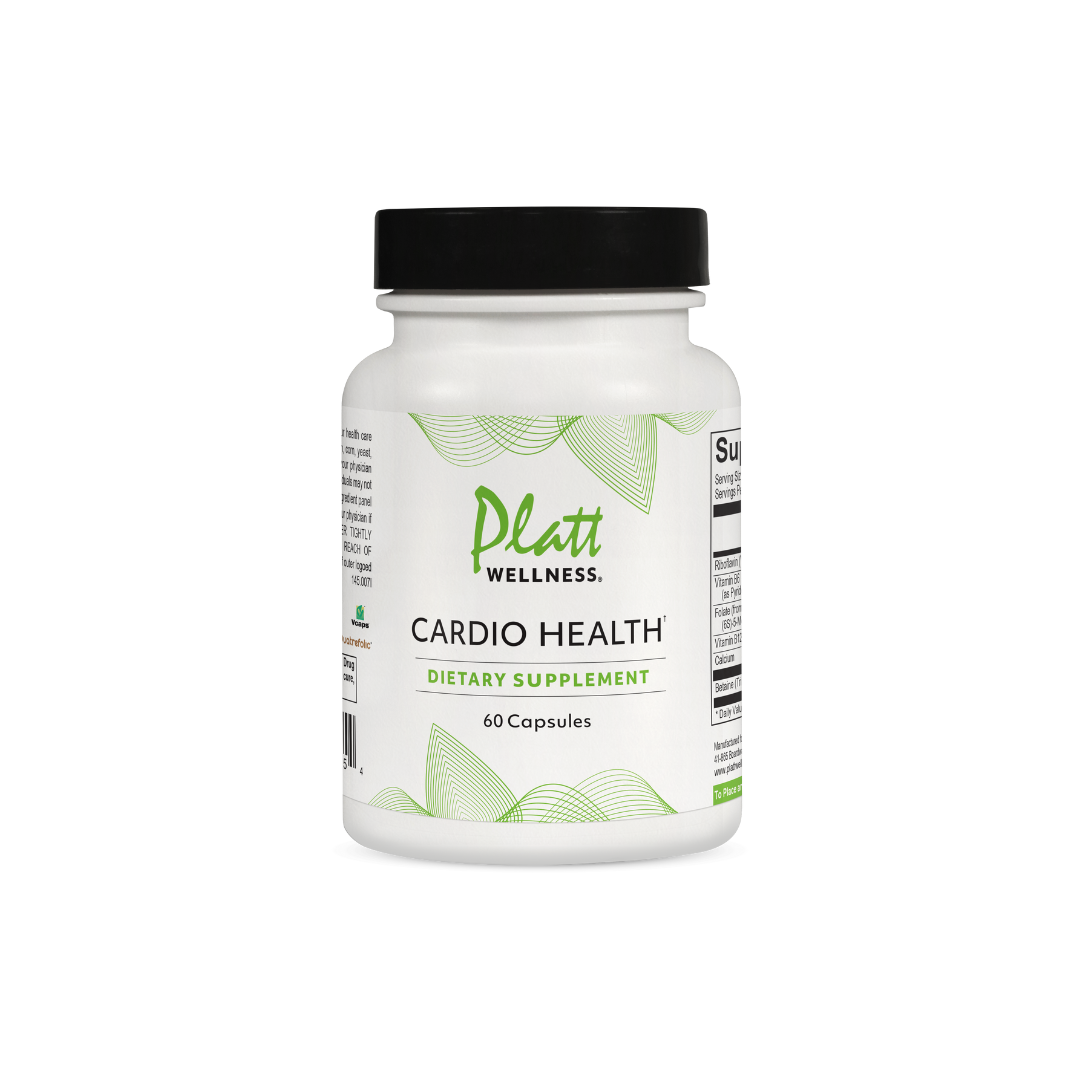
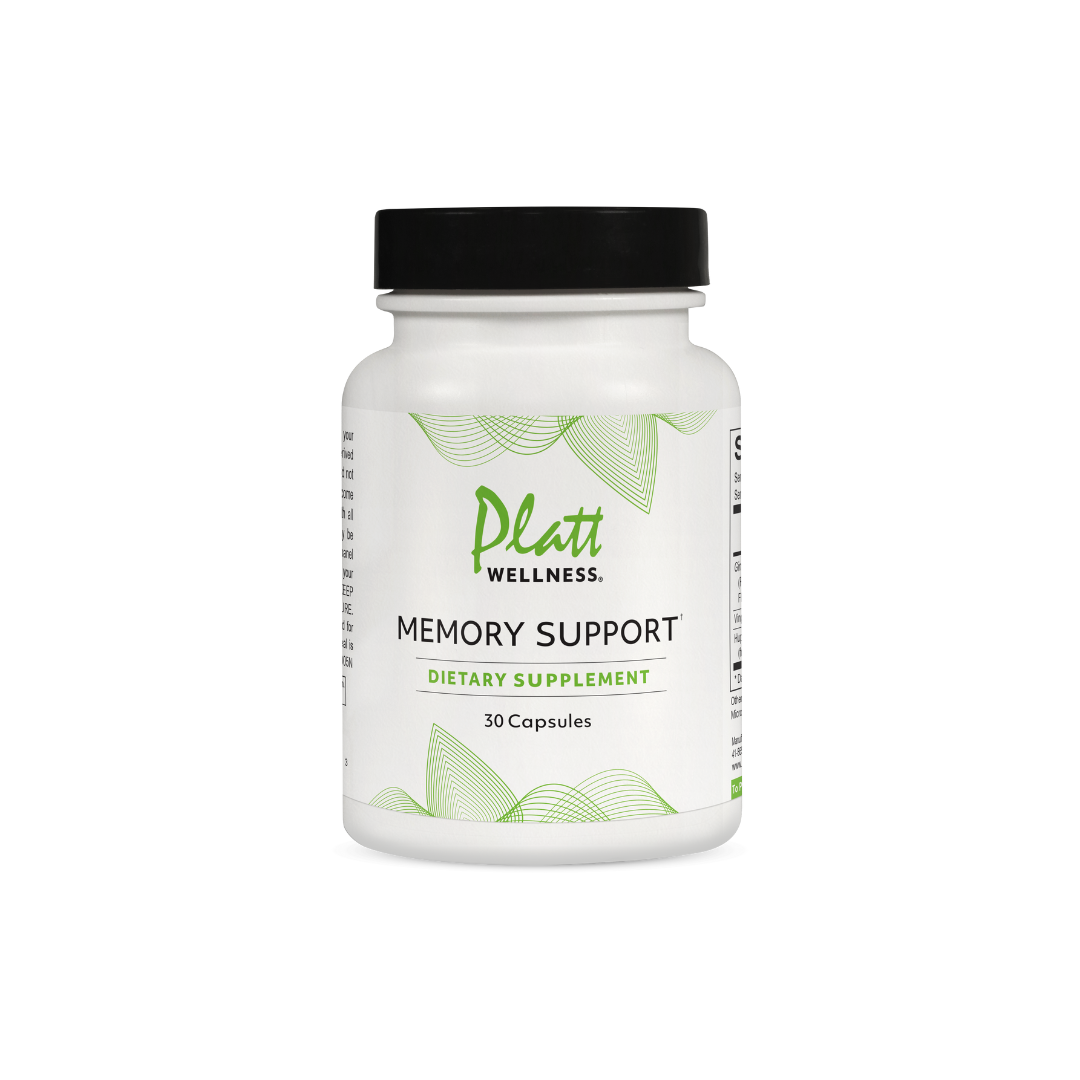
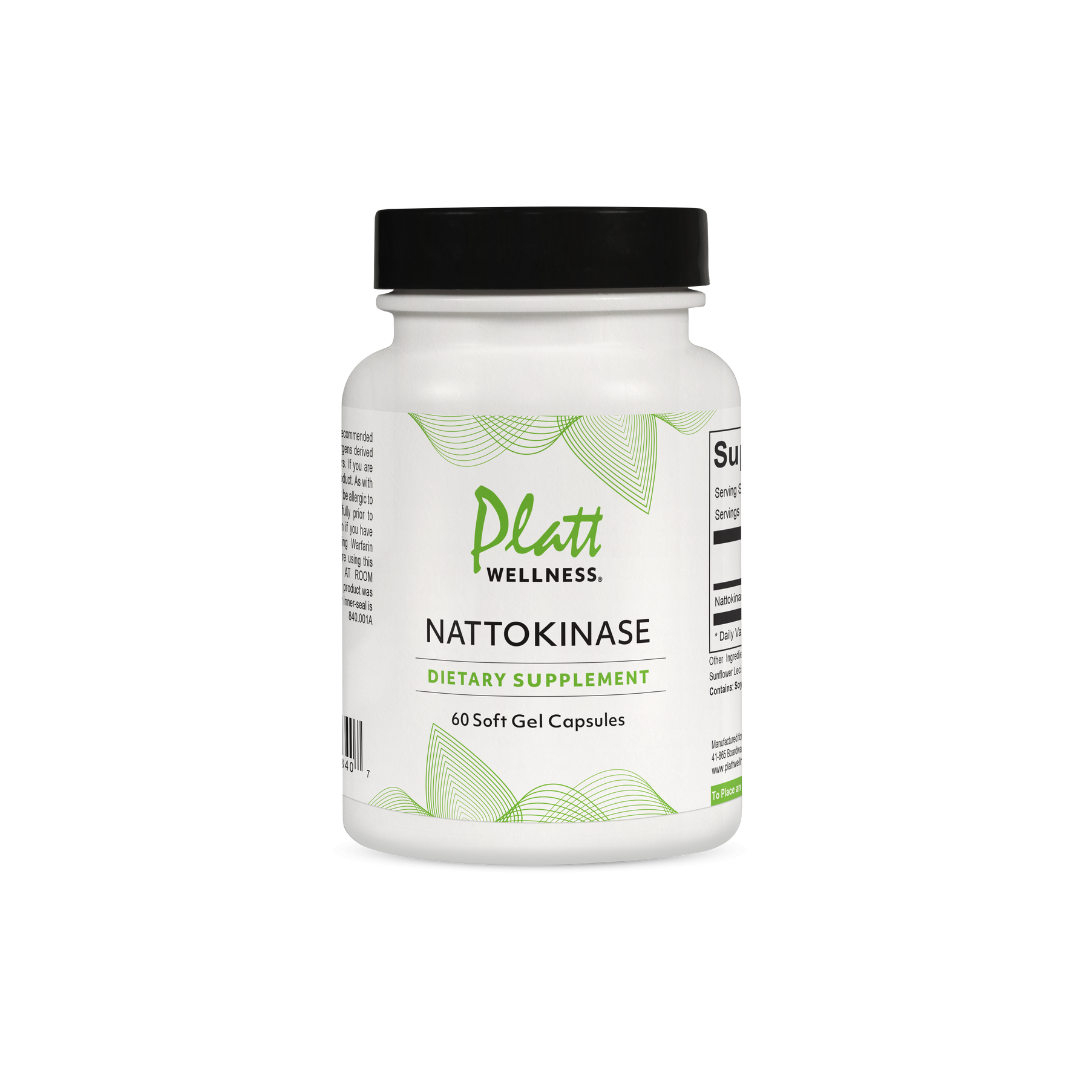
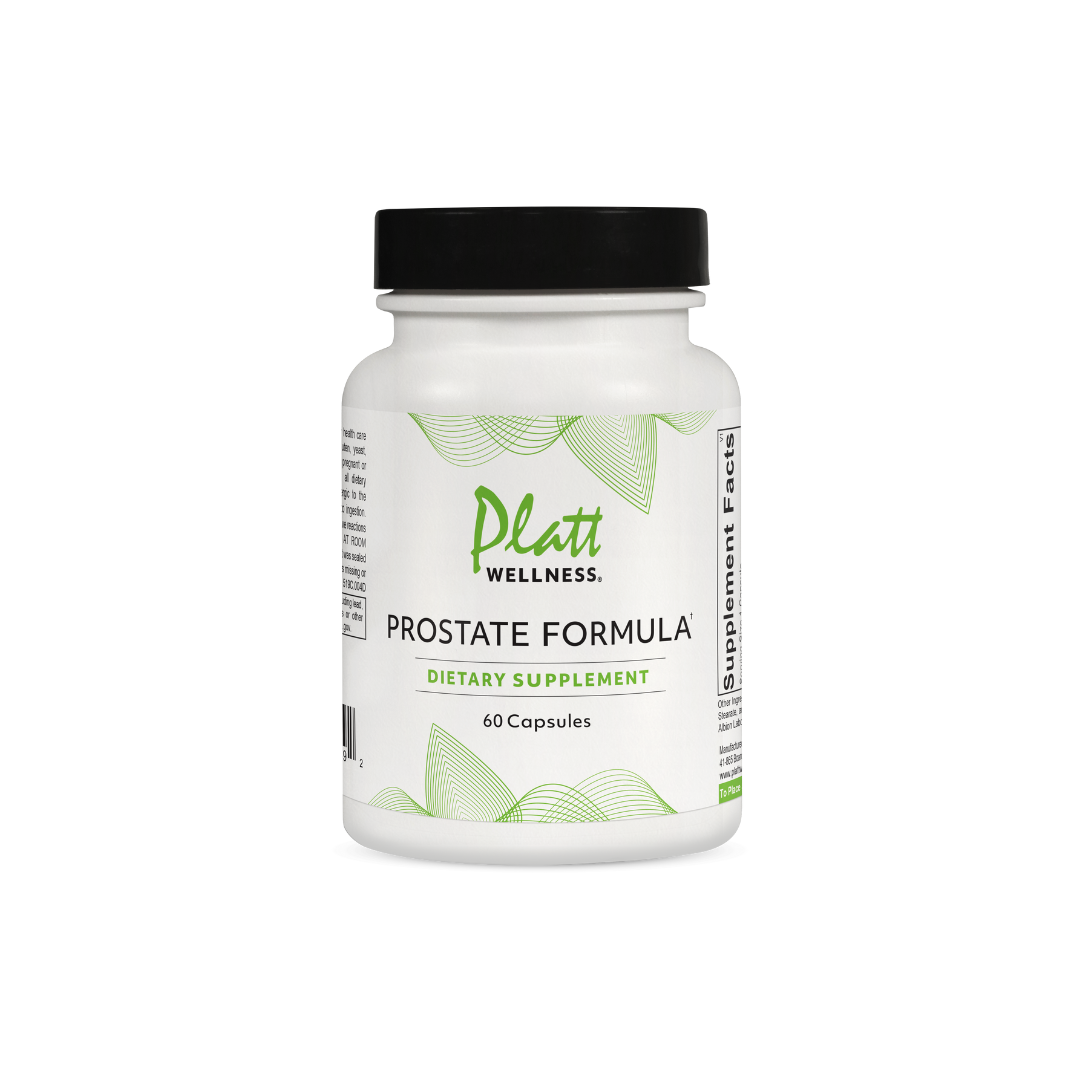


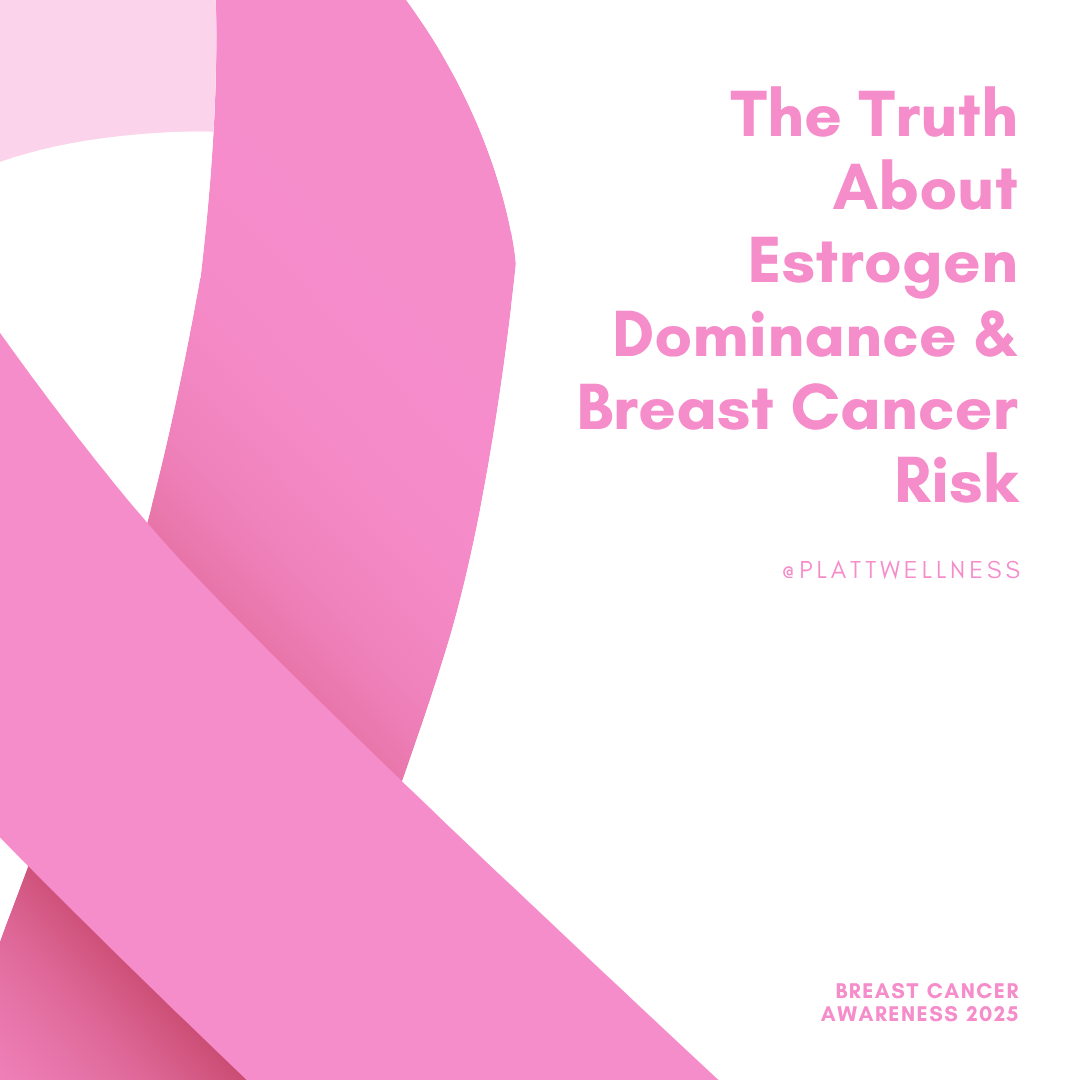
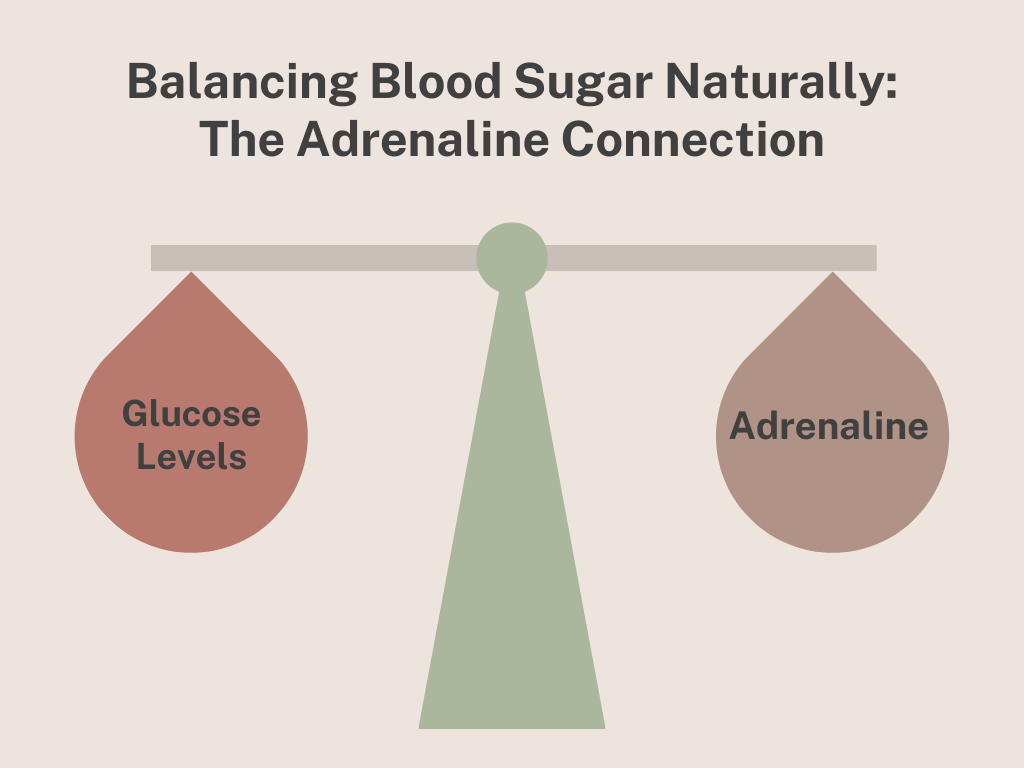
@Amy – Yes, you may start using Progesterone Cream right away. There is no need to get your Vitamin D levels up before starting HRT.
I just found out that I’m extremely deficient in Vit D with a test result of 9 mg/ml. Should I get my level up some before using progesterone or is it okay to start both together. I am struggling badly with this & want to start feeling better.
@monica – Monica – We received your question on our Blog if it is safe to use hormones after 60? We wanted to let you know it is recommended to use natural BHRT during premenopausal and post menopause.
Not every woman needs estrogen replacement depending on their levels. We offer the weakest and safest form of estrogen BHRT “Estriol 2.5 mg” and mostly recommended for vaginal dryness.
Please know that women never stop producing estrogen, but do stop producing progesterone, so we always recommend P Cream, and Estriol if they need it for dryness or to help alleviate hot flashes if P Cream does not do the trick.
We have a free guide to help you get started.
https://plattwellness.com/collections/free-guides
Please feel free to read and reach out if you have any questions and we also recommend you consult your healthcare practitioner.
Dead Dr Platt,is it safe to take hormones after the age of 60?
Greetings Monica